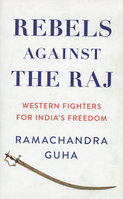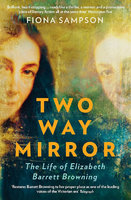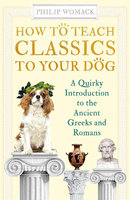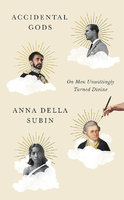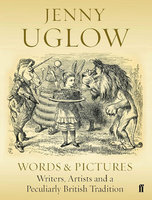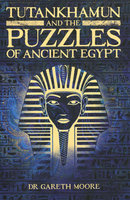New, Quality Gift Books - 50-90% off - over 2500 titles
Your basket is empty.
Categories Lucky Dip Clearance SINNER AND THE SAINT
SINNER AND THE SAINT
Book number: 94247
Product format: Hardback
In stock
Bibliophile price
£4.50
Published price
$30
Customers who bought this product also bought
|
REBELS AGAINST THE RAJ: Western Fighters for India's Freedom
Book number: 93165
Product format: Hardback
Bibliophile price
£6.50
Published price
£25
|
TWO-WAY MIRROR: The Life of Elizabeth Barrett Browning
Book number: 94251
Product format: Paperback
Bibliophile price
£5.00
Published price
£9.99
|
HOW TO TEACH CLASSICS TO YOUR DOG
Book number: 94239
Product format: Paperback
Bibliophile price
£2.50
Published price
£9.99
|
|
ACCIDENTAL GODS
Book number: 94224
Product format: Hardback
Bibliophile price
£2.95
Published price
£20
|
WORDS AND PICTURES
Book number: 94212
Product format: Paperback
Bibliophile price
£4.00
Published price
£10.99
|
TUTANKHAMUN AND THE PUZZLES OF ANCIENT EGYPT
Book number: 93968
Product format: Paperback
Bibliophile price
£2.75
Published price
$12.99
|
Browse these categories as well: Lucky Dip Clearance, Literature & Classics, Books About Books, Crime

